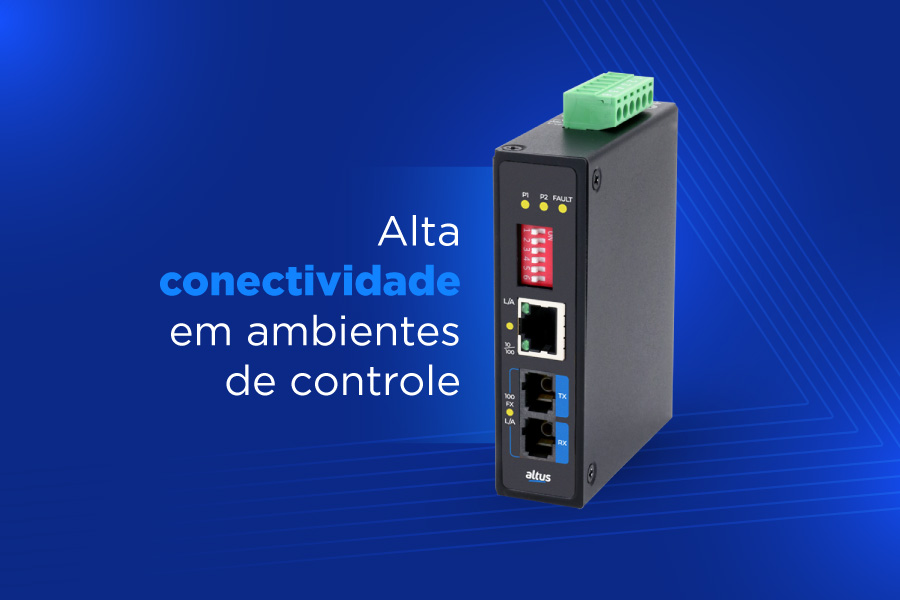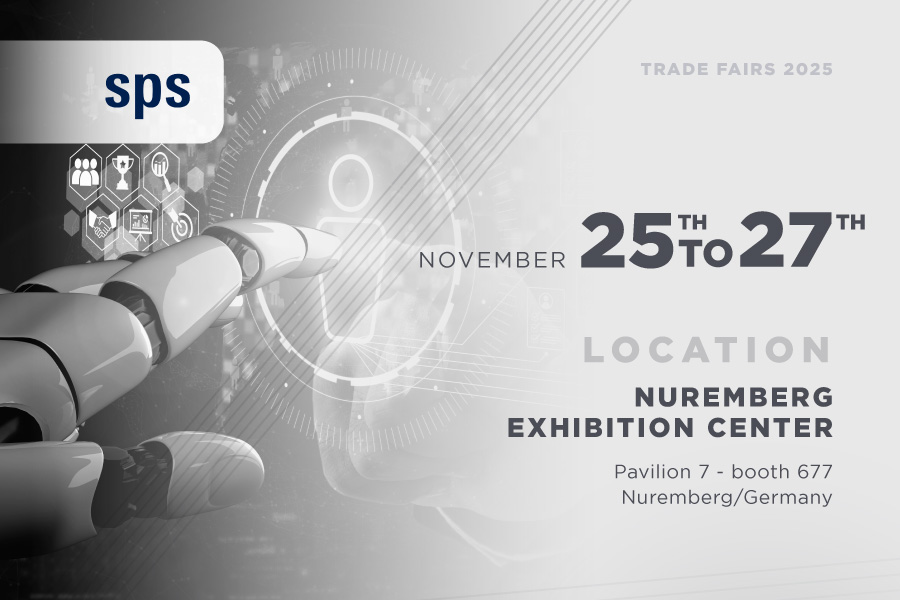With the end of World War II and the fall of important geopolitical barriers, the world entered a new technological era. At this time, the convergence of the fields of scientific knowledge and industrial activity allowed the rapid development and absorption of cutting-edge technologies in all stages of industrial production, a movement that became known as the third industrial revolution. It was in this context of technological evolution that, a few decades later, in 1989, the HART protocol emerged. An acronym for Highway Addressable Remote Transducer, the protocol was created to facilitate the calibration and range and damping adjustments of analog equipment.
Features and benefits of the protocol
Commonly used for communication between intelligent field devices and a control system, HART was the first digital bidirectional communication protocol that did not affect the analog control signal. The standard provides two simultaneous communication channels: a 4-20mA analog signal and a digital signal. The analog signal transmits the measured variable (in the case of a field instrument) using a 4-20mA loop, while the digital signal is used to carry additional information from the device, such as configuration standards, calibration, parameterization, descriptive TAGs, among others.
HART can be used in applications across a wide range of industry segments, including hazardous environments. The protocol operates according to the Master-Slave standard, where the slave will only transmit a message if there is a request from the master, i.e., the field instrument (slave) will only send information when it receives a request from the control system (master).
In terms of performance, HART stands out for having the following characteristics:
- Simple design, easy to operate and maintain;
- Compatibility with analog instrumentation;
- Analog signal and digital communication;
- Point-to-point or multidrop communication option;
- Flexible data access using up to two masters;
- Supports multivariable equipment;
- 500 ms response time (with up to two transactions);
- Compatible with products and other protocols from multiple vendors.












